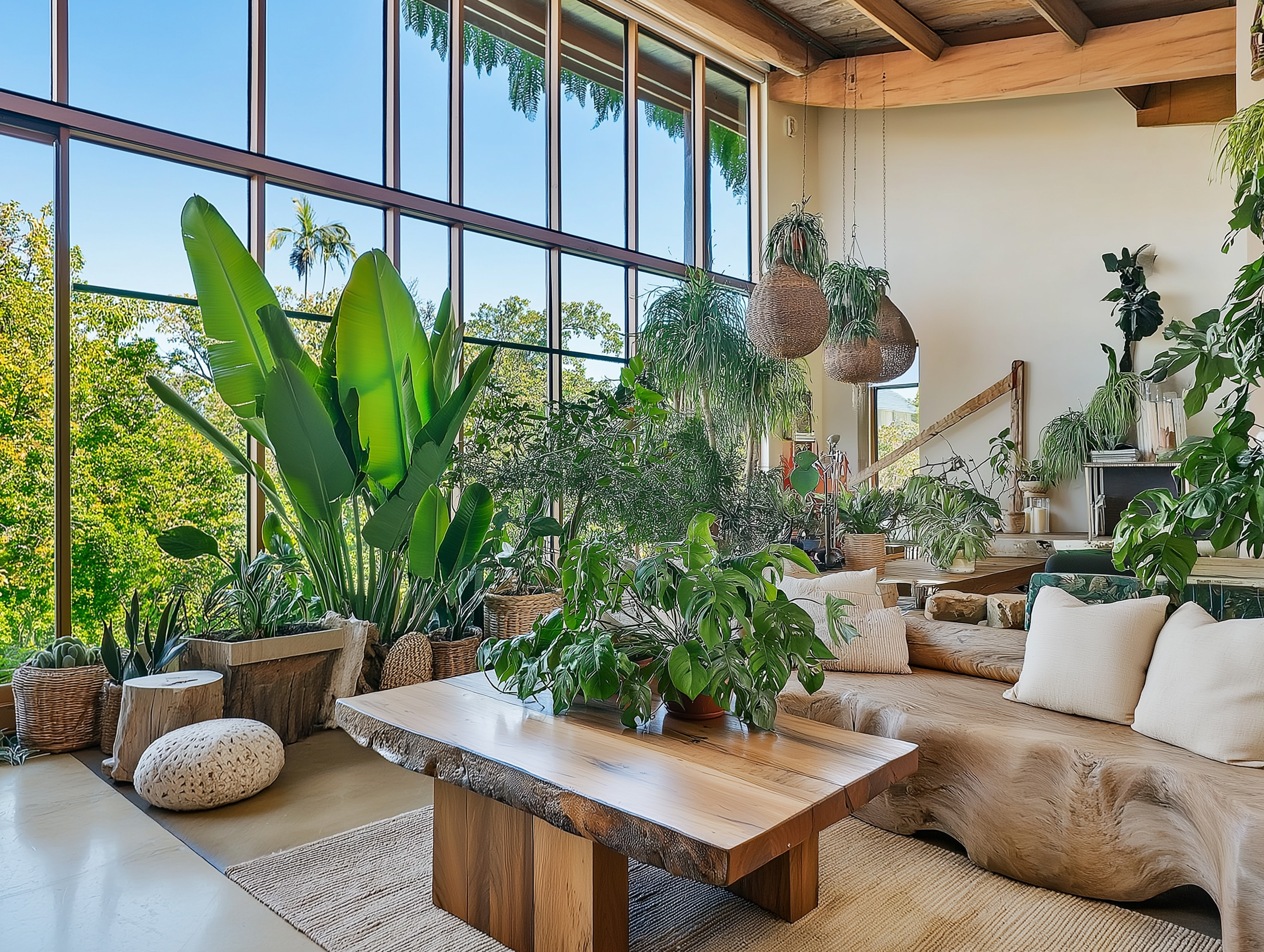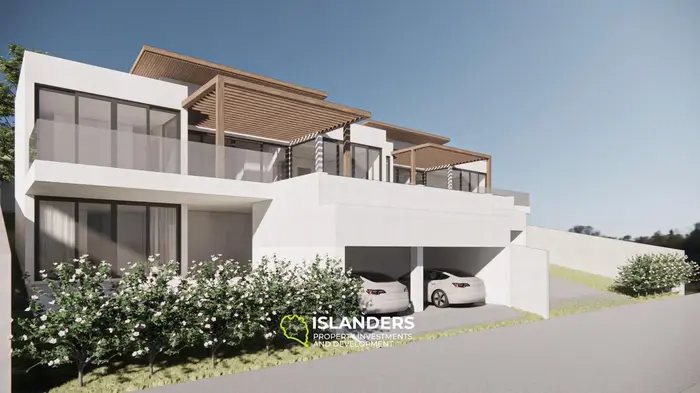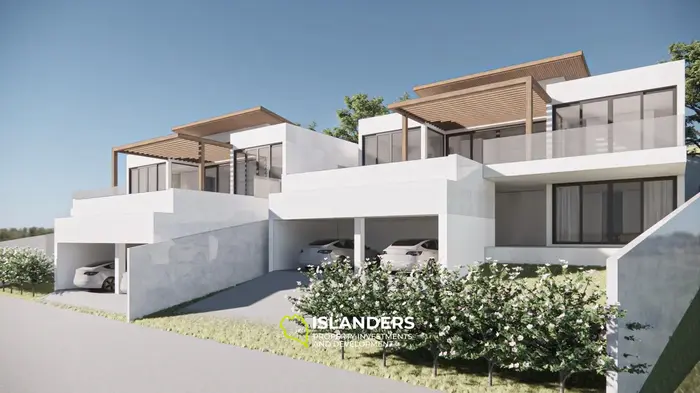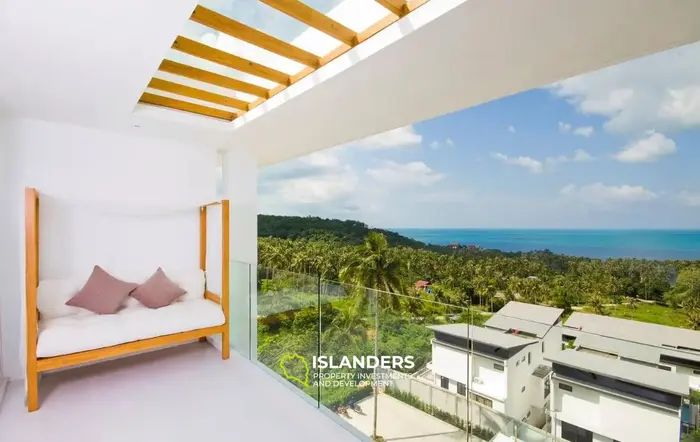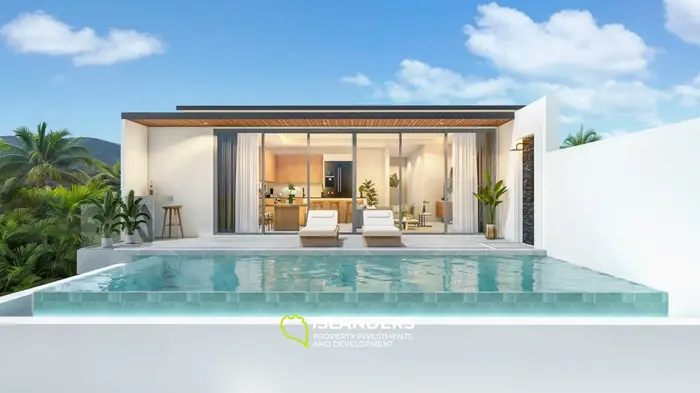Biophilic Design: The Future of Architecture That’s Already Here
What Is Biophilic Design and Why Is It Important?
In today’s world, where cities are dominated by glass, concrete, and noise, people increasingly seek a return to nature. Biophilic design is an architectural and interior concept that reconnects us with the natural environment, improving our physical and emotional well-being.

Humans evolved surrounded by trees, water, open skies, and sunlight. However, urbanization has created an environment where these elements are almost absent. Biophilic design restores our lost connection to nature by incorporating natural materials, abundant greenery, natural lighting, and eco-technologies into spaces.
The History of Biophilic Design
From Ancient Civilizations to the 21st Century
The idea of integrating architecture with nature existed long before the term "biophilic design" emerged. It has deep historical roots:
🏛 Ancient World:
- In Ancient China, Feng Shui principles were used to create harmonious spaces where natural elements played a central role.
- In Ancient Rome, houses were built with atriums and inner gardens, ensuring natural ventilation and a pleasant microclimate.
🏯 Medieval and Eastern Influences:
- In Japan, Zen gardens promoted balance between architecture and nature.
- In Islamic architecture, courtyards with fountains and greenery were designed to provide shade and a cooling effect.
🌲 19th Century – The Birth of Organic Architecture:
- Architect Frank Lloyd Wright pioneered organic architecture, integrating buildings with natural landscapes (his famous “Fallingwater” house, 1939).
🌱 20th Century – The Concept of Biophilia Emerges:
- In 1984, biologist Edward O. Wilson introduced the biophilia hypothesis, arguing that humans have an innate love for living systems.
- The development of green architecture led to the emergence of the first eco-cities and energy-efficient buildings.
🏙 21st Century – Biophilic Design Becomes a Standard:
- Modern megacities integrate vertical forests, green roofs, and rainwater harvesting systems.
- Singapore, Milan, and Copenhagen are leading examples of biophilic urban planning.
Key Principles of Biophilic Design
1️⃣ Natural Materials and Textures
Using wood, stone, bamboo, clay, glass, and metals helps create a tactile connection with nature. These materials are not only pleasant to touch but also eco-friendly, durable, and improve indoor air quality.
2️⃣ Living Plants Indoors
Fiddle-leaf figs, moss walls, hanging gardens, and even mini-greenhouses inside homes offer multiple benefits:
✔ Purify the air from toxins.
✔ Reduce stress levels.
✔ Improve focus and well-being.
3️⃣ Maximizing Natural Light
Floor-to-ceiling windows, glass walls, and skylights help create a healthy lighting environment, supporting the body’s circadian rhythms. Research shows that natural light boosts energy levels and reduces fatigue.
4️⃣ Spatial Harmony
Open, airy spaces, smooth transitions between zones, and minimal clutter are essential principles of biophilic design. Homes should feel spacious and natural.
5️⃣ Eco-Technologies and Autonomous Solutions
Modern technologies make biophilic homes not only beautiful but also energy-efficient:
☀ Solar panels – provide renewable energy.
💧 Rainwater collection systems – reduce water consumption.
🌱 Energy-efficient glass – helps regulate indoor temperature.
🏡 Smart home systems – automatically control lighting, temperature, and airflow.
How Does Biophilic Design Impact Humans?
Biophilic spaces have a profound impact on both mental and physical health:
🔹 Reduces stress and anxiety: Views of greenery and water lower cortisol levels.
🔹 Improves sleep and productivity: Natural lighting helps regulate biological rhythms.
🔹 Boosts creativity and focus: Studies show that working in nature-inspired environments enhances cognitive abilities by 15%.
🔹 Enhances indoor air quality: Natural materials and green walls filter pollutants.
The Future of Biophilic Design
🏙 Green cities and vertical forests: A great example is Bosco Verticale in Milan, where building facades are covered with dense greenery.
🔬 Living materials: Bioluminescent trees, self-repairing concrete, algae-powered panels.
💡 Biomimicry in architecture: Creating buildings based on nature’s principles, such as ventilation systems inspired by termite mounds.
🏡 Complete integration with nature: Future homes will be fully autonomous, using solar energy, rainwater harvesting, and natural cooling techniques.
Conclusion
Biophilic design is not just a trend—it’s a new way of living. It makes cities more sustainable, homes more inspiring and comfortable, and people healthier and happier.
📌 Which biophilic design element would you like to have in your home?
Share your thoughts in the comments! 💚


